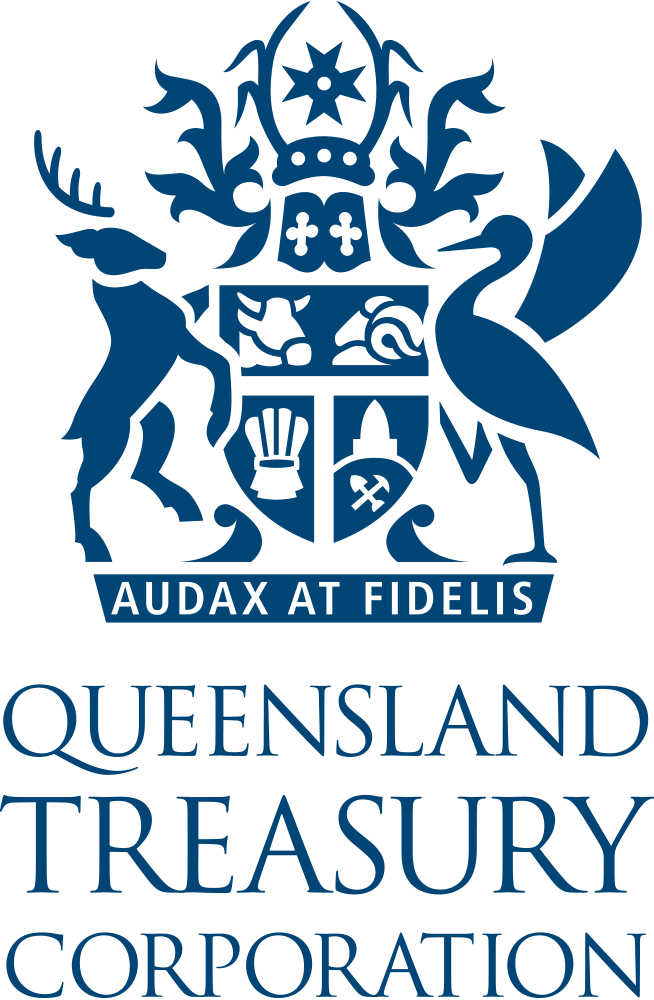
Funds to support Queensland's ESG goals
Grant Bush, deputy chief executive and managing director, funding and markets, at Queensland Treasury Corporation (QTC) in Brisbane, discusses the state’s debt profile, infrastructure spending, ESG initiatives and exposure to natural disasters.
Queensland’s mid-year budget review in December 2019 emphasised infrastructure spending. Are investors comfortable with the concept of productive new debt?
We haven’t heard concerns from investors about capital spending contributing to debt. They appear comfortable with the state borrowing to fund infrastructure and the benefits of these projects – for example, the A$5.4 billion Cross River Rail.
Does QTC plan to further extend the tenor of its debt profile, given rates are set to be lower for longer?
The low-rate environment and the Commonwealth government’s extension of its yield curve have increased investor demand for longer-dated bonds. This supports our strategy.
QTC has issued two green-bond lines. Both have been well supported. What dialogue does QTC have with investors about its green bonds and the state’s sustainability initiatives?
This has been a great opportunity to explain the transition taking place in the state and the government’s commitments, which include achieving 50 per cent renewable energy by 2030 and net zero emissions by 2050.
Could you share a little about Queensland’s climate-change commitments and its plans to transition to a low-carbon economy?
It has also independently signed the international Under2 Memorandum of Understanding, a coalition of subnational governments committed to reducing emissions to net zero by 2050.
The government has many initiatives linked to two overarching strategies: The Queensland Climate Transition Strategy and The Queensland Climate Adaptation Strategy.
The Powering Queensland Plan, which supports the transition to a cleaner energy sector, is linked to the transition strategy. The state’s new publicly owned clean-energy company, CleanCo, has been established under this plan. CleanCo owns and operates assets. It will build and invest in other projects as well, supporting Queensland’s renewables sector and its commitment to 50 per cent renewable energy by 2030. Funding for green hydrogen projects across the state will help develop an emerging renewable resource industry.
The A$500 million Land Restoration Fund supports farmers, traditional owners and other landowners putting in place sustainable land-use practices that deliver improved yields, diversify income streams, create jobs and protect Queensland’s unique environment. Its first round of A$100 million in funding is focused on improving outcomes in Great Barrier Reef catchment zones and protect vital habitat for threatened species, including koalas.
The Climate Adaptation Strategy outlines how the state will prepare for the current and future effects of a changing climate.
Are investors asking about exposure to natural disasters and, if so, what are they focusing on?
We have also been successful in explaining the Federal-State Disaster Recovery Funding Arrangements through our investor engagement. Investors typically have a good understanding of how the federal government reimburses up to 75 per cent of eligible disaster-related recovery funding.

HIGH-GRADE ISSUERS YEARBOOK 2023
The ultimate guide to Australian and New Zealand government-sector borrowers.








